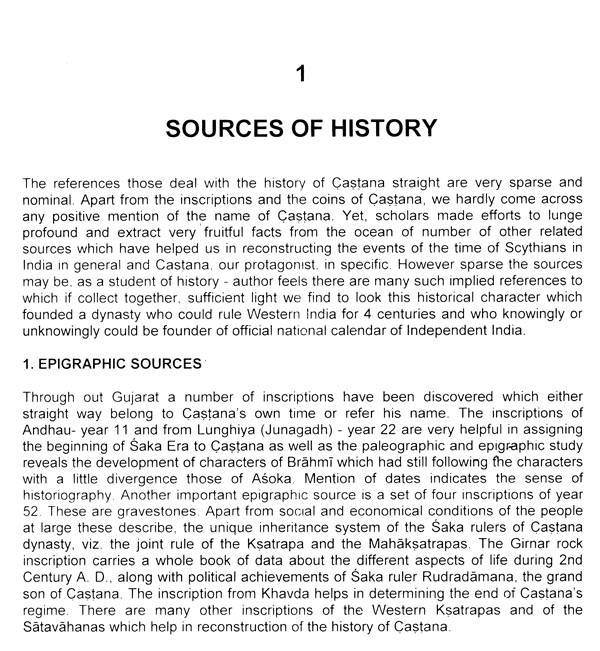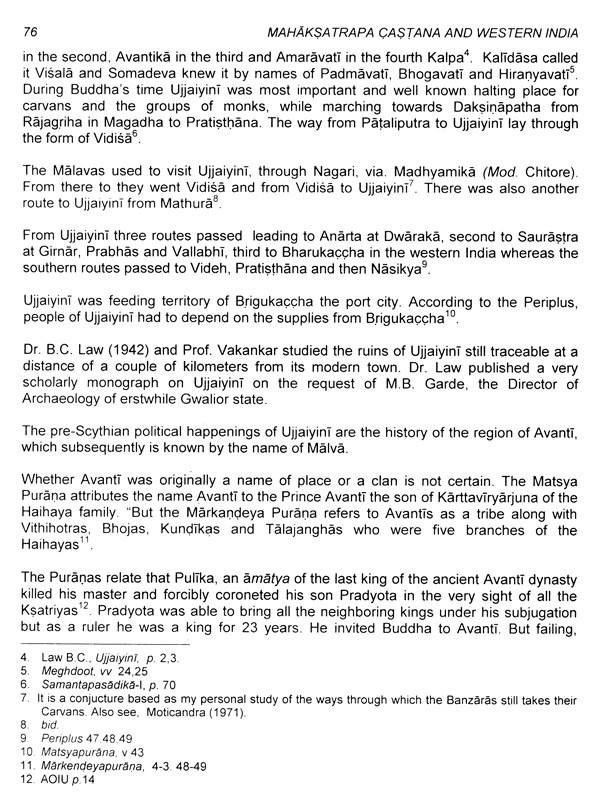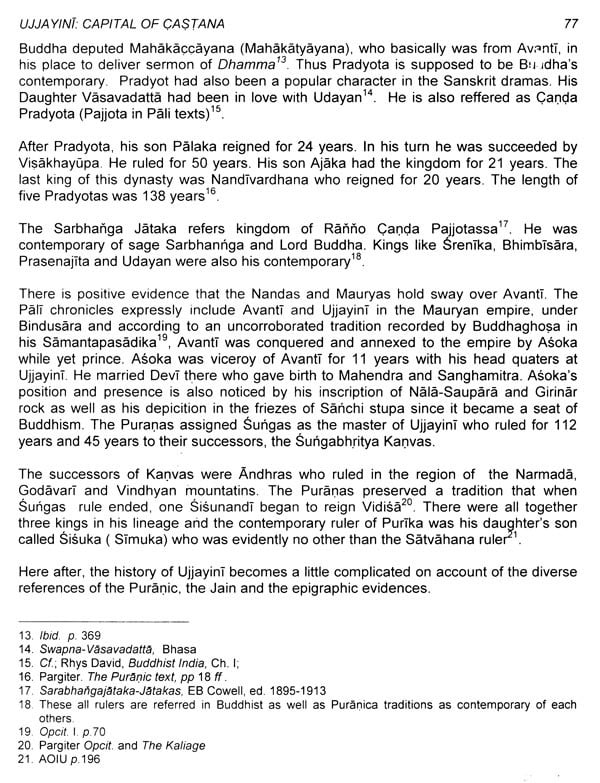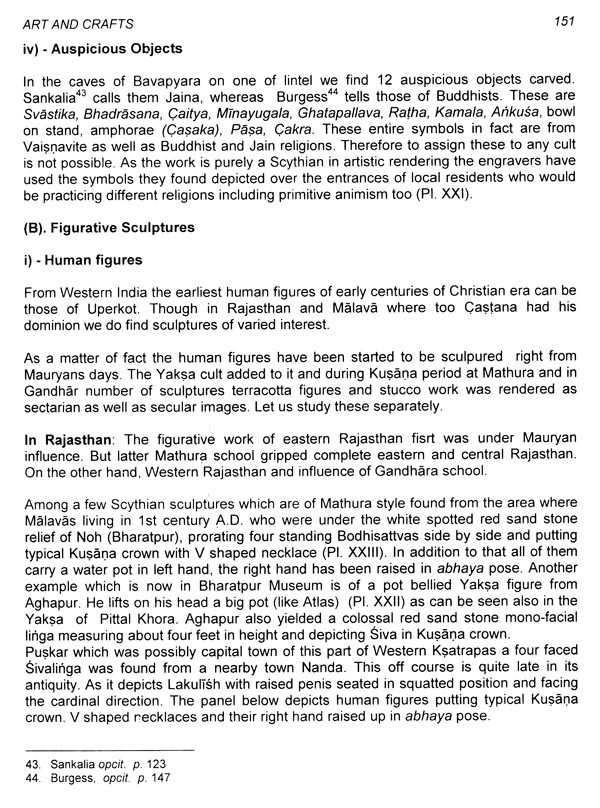
Mahaksatrapa Castana and Western India- During Early Christian Era
Book Specification
| Item Code: | AZG772 |
| Author: | Raj Ratan Goswami |
| Publisher: | K. N. BOOK HOUSE, DELHI |
| Language: | ENGLISH |
| Edition: | 2010 |
| ISBN: | 9788190672481 |
| Pages: | 236 (Throughout B/w Illustrations) |
| Cover: | HARDCOVER |
| Other Details | 11.00x9.00 inch |
| Weight | 970 gm |
Book Description
He has presented number of papers in various national and international gatherings; has published papers and monographs, in vernacular and English languages and has produced documentary films on the subjects of History, Anthropology, Fine Arts, Museology, Vedic literature, Ecology and Archaeology. Since 1977 he is serving as Curator of Museum in the Department of Museums.
Government of Gujarat. The shepherd community of the Rabaris of Cutch and Association of Cutch History has felicitated him for his contribution of research for tracing the origin of the various pastoralist communities.
Other Work of Author, Tribal Heritage of Western India: (with special reference of the Mavchis of Dangs) 2009. Kuchchha Samskriti, Samasyao ane Samadhan. (Gujarati); 1992.
As the journey went on proceeding. Sir K. P. Jayaswal first time noticed the rivalry between Satavahanas and the Ksatrapas viz. by going through the Jain literary sources He also edited H. Kern's finding of the reference of the Sakas in the Gärgisamhita and the Yuga Purana V. R. Deoras studied Nahapana, Dr. Gopalachari laboriously defined the tug of war kind relations between the Sakas and the Satavahanas; viz., of Nahapana, Castana and Rudradamana 1. This got elaborated by V.V.Mirashi later on. Satya Shrava published his research work, namely Sakas in India, twice. Of course, the second issue was more intricate. A comprehensive book on Sakas first time was published from Calcutta by Chattopadyay. His chronology of Sakas was considered final up last 80s Mrs. Shobhna Gokhale's study of Castana's Andhau inscription threw more light on the Saka era. In the Gujarati, Rasesh Jmindar's Ksatrapa Kalanu Gujarat, though confines its study only to the Gujarat state, yet because Gujarat was main territory of the Western Ksatrapas, proved to be a valuable study, viz, in the field of the social and cultural developments of this period. He also deciphered many inscriptions and classified the coins preserved in various museums of Gujarat. The latest grand.
1. The correct pronunciation of word Scythians is Skithians which is Greco-Roman term for Sakas. Because the phonetic value of C is Ka in Greek and Roman language.
**Contents and Sample Pages**
















